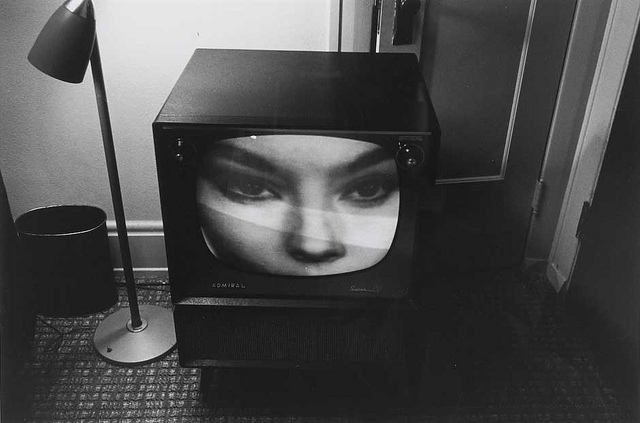You will find that TV dramas all have the following
ingredients:
Characters – even particular kinds of characters: eg, at its
most simple, ‘good’ and ‘bad’ characters.
Stories – they all tell stories, whether those stories
involve adventure, crime or romance and they often, but not always, end happily.
The stories are told against familiar backdrops: – eg,
homes, police stations and offices (for crime dramas), hospitals (for medical
dramas) – most of which are created in studios. However, most dramas also use
outside locations to create particular effects.
Camerawork – particular kinds of shots are used: eg,
sequences involving establishing shots followed by mid-shots of characters,
shot/reverse shots to show character interaction and, in particular,close-ups
to show the characters’ emotions.
Stories use dialogue to tell the stories. Occasionally,
monologues are built in (as voiceovers, a character telling a story).
Music is used to punctuate the action, create effects
(suspense, tension) and underline emotional moments.
Particular subgenres tend to have items which make them
immediately identifiable – police cars, blue lights, operating theatres and
scalpels, triage/reception areas in hospitals. Icons of the genre, they
symbolise the (sub)genre.

